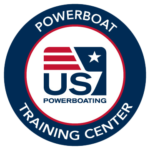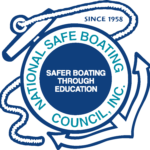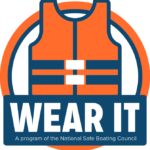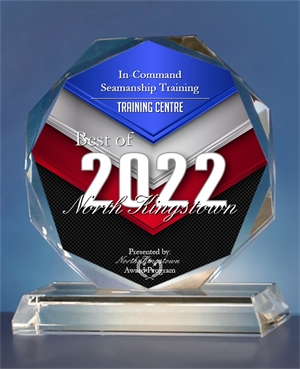Getting back on the water after months of winter storage is exciting, but rushing into boating season without proper preparation can lead to costly mistakes. Overlooking essential pre-season checks or skipping maintenance can compromise your boat’s safety, lead to expensive repairs, or even ruin your day on the water.
From neglecting your fuel system to forgetting to check the drain plug, these common pre-season boating mistakes are easy to make—but just as easy to avoid. Preparing your boat before launch thoroughly ensures a smooth, hassle-free experience and keeps you and your passengers safe.
Here’s what you need to know to avoid the most frequent pre-season pitfalls.
- Neglecting Routine Maintenance and Inspections
With the excitement of boating season, it’s easy to overlook pre-season maintenance—but skipping routine checks is one of the fastest ways to turn a fun day on the water into a stressful one. Neglecting pre-season inspections doesn’t just put your boat at risk—it can lead to unexpected breakdowns, costly repairs, and even safety hazards.
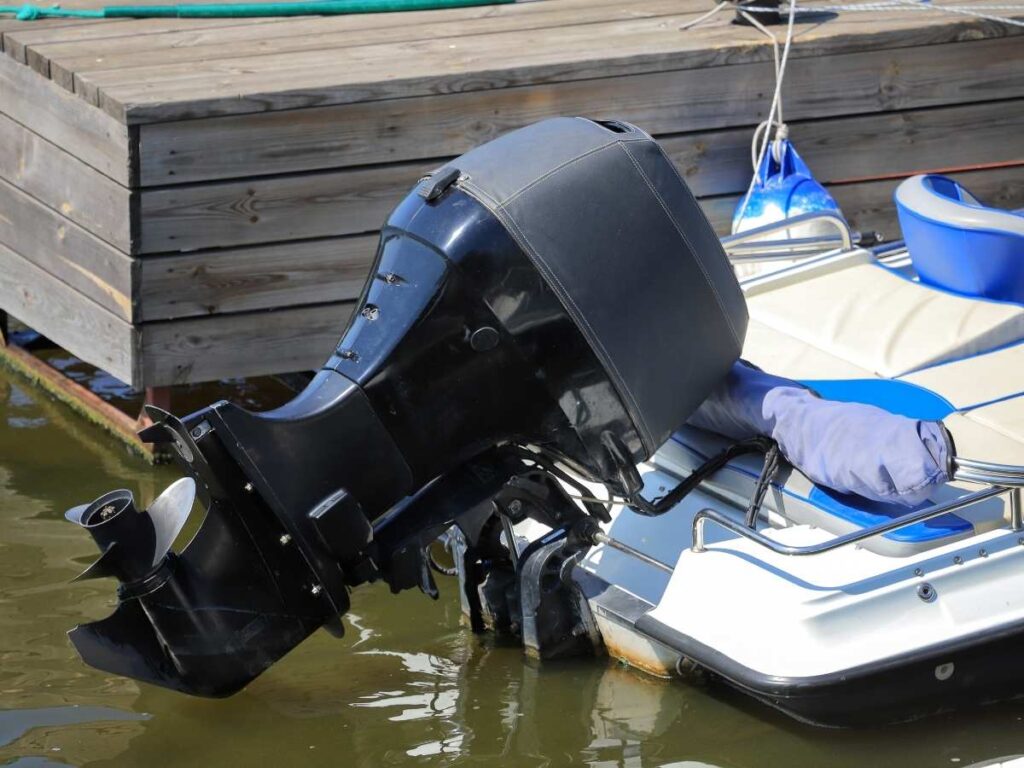
Failing to Check the Engine and Equipment
Your boat’s engine is its lifeline, and ignoring its upkeep can lead to serious trouble on the water.
A few simple steps before launching can prevent major mechanical failures and ensure a smooth boating experience.



Skipping maintenance isn’t just risky—it can leave you stranded miles from shore. Take the time to complete pre-season checks to ensure a trouble-free boating experience.
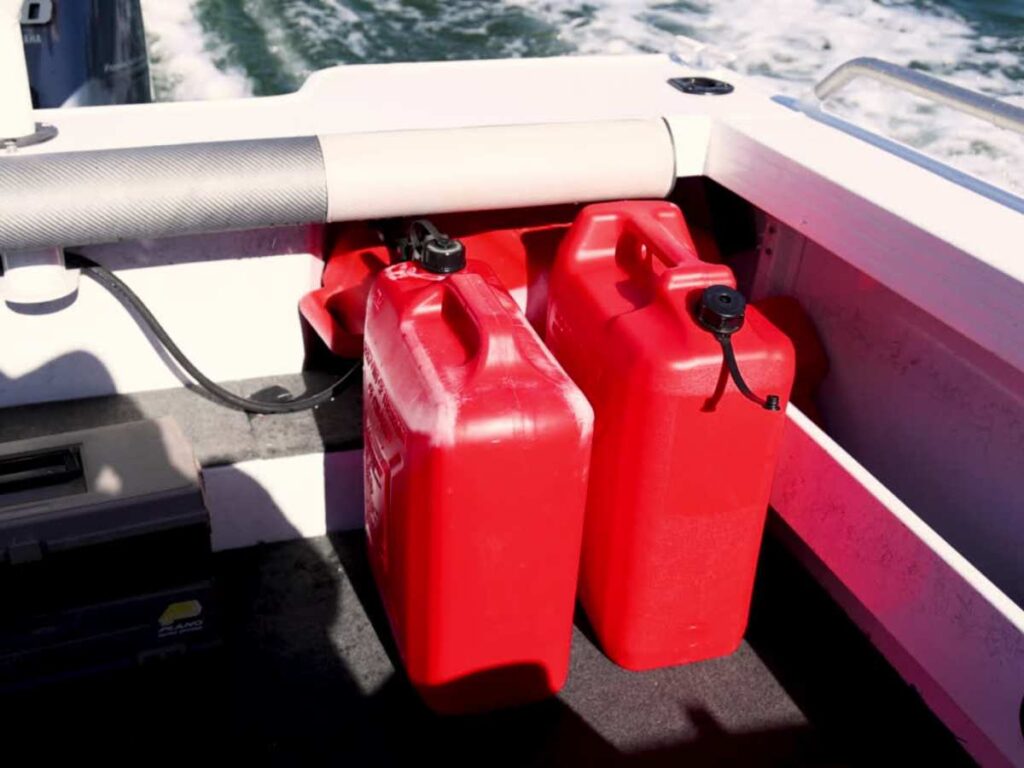
Overlooking Fuel System Maintenance
Water and fuel don’t mix, and poor fuel management is one of the most common pre-season boating mistakes that can lead to engine failure, stalled trips, or costly repairs.
Starting the season with a clean, well-maintained fuel system ensures smooth performance and prevents unnecessary headaches.



Don’t let poor fuel maintenance ruin your day on the water. Simple pre-season checks can save you from unexpected breakdowns and keep your boat running smoothly all season.
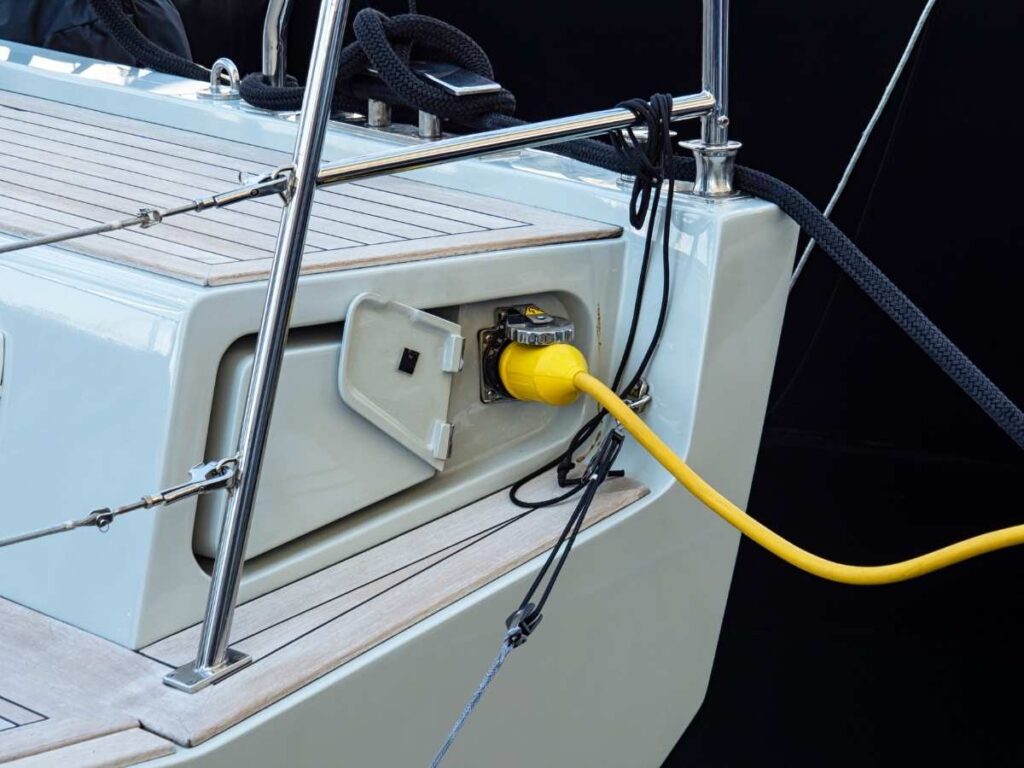
Ignoring Battery Health
Few things are more frustrating than gearing up for a day on the water—only to find a dead boat battery. A neglected marine battery is unreliable and could leave you stranded at the worst possible time. Pre-season battery maintenance ensures your boat is powered up and ready to go.



Even a well-maintained boat won’t start without a reliable power source. Make battery care a priority to ensure a stress-free boating season from day one.

Preventing Pre-Season Boating Mistakes = A Smoother Season
Routine maintenance isn’t just about checking boxes—it’s about preventing problems before they happen. Whether it’s a thorough engine inspection, a clean fuel system, or a reliable battery, these pre-season steps will save you time, money, and frustration—making your boating season more enjoyable.
- Skipping Pre-Departure Checks
Failing to complete pre-departure checks isn’t just an oversight—it’s one of the most avoidable pre-season boating mistakes that could lead to major inconvenience or even dangerous situations on the water. Taking a few extra minutes to double-check key areas can prevent last-minute issues and keep your boating trip stress-free.
Forgetting the Drain Plug
It may seem like a small mistake, but launching without the drain plug can quickly become a disaster. Without it securely in place, your boat could take on water, leading to damage and costly repairs.

Underestimating Fuel Requirements
Running out of fuel isn’t just embarrassing—it’s one of the top reasons for boater distress and rescue calls. To avoid getting stranded miles from shore, follow the Rule of Thirds:
- One-third of your tank for the trip out.
- One-third for the journey back.
- One-third is reserved for emergencies.

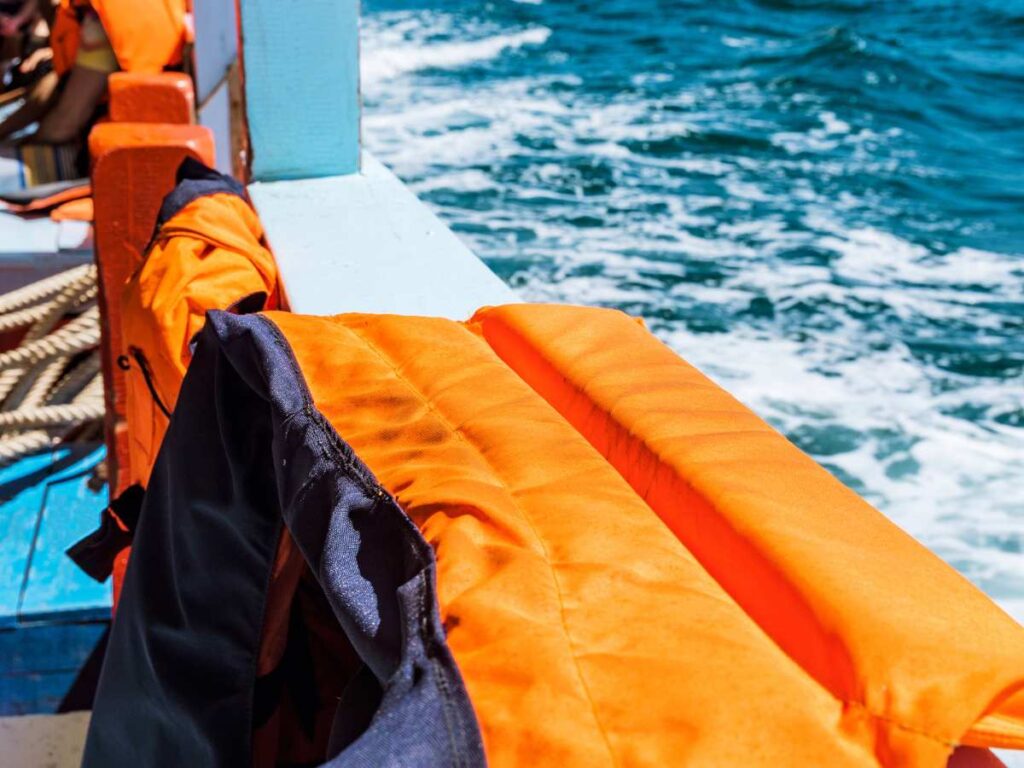
Failing to Inspect Safety Gear
Neglecting safety equipment inspections puts lives at risk. Just like you wouldn’t drive a car without checking the brakes, you shouldn’t board a boat without ensuring essential safety gear is functional and accessible.

- Life Jackets – Ensure they’re in good condition, fit properly, and are easily accessible.
- Fire Extinguishers – Check expiration dates and ensure they work.
- Signaling Devices – Test flares, horns, and other emergency signals.

Review this safety checklist before your next trip.
- Common Navigational Errors
Even the most seasoned boater can slip into habits that jeopardize their safety. Pre-season boating excitement can quickly turn into frustration or disaster when navigational basics are overlooked. Proper preparation helps ensure a smooth, enjoyable trip. Let’s break this down further.
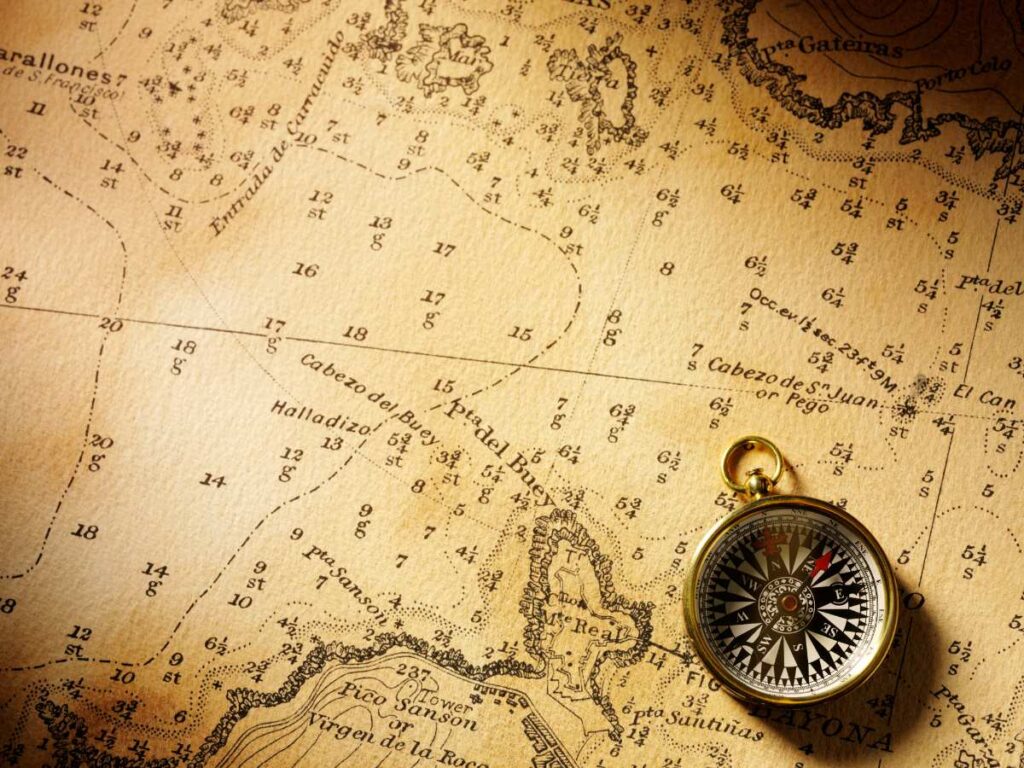
Using Outdated Nautical Charts
Relying on outdated nautical charts is like navigating with an old road map—what was accurate years ago may no longer reflect current conditions. Shifting sandbars, new underwater obstructions, shoreline changes, or newly marked hazards can make older charts dangerously unreliable.
What should you do? Always ensure your electronic charts are up-to-date before heading out. Many modern GPS systems provide frequent updates, so take advantage of these features.
Avoid cutting corners. A small error in charting could cause you to run aground or collide with underwater hazards you didn’t see coming.
Skipping Local Waterway Research
Every waterway has quirks—shallow areas, strong currents, submerged debris, or seasonal changes that impact safe navigation. Diving into the local specifics before departing illuminates potential dangers and avoids costly mistakes.
Start by researching local navigation guides, chatting with nearby boaters, or visiting online forums. Understanding local waterways isn’t just for first-timers. Conditions change even if you’ve boated in the same spot for years. If you’re unsure how to gather local knowledge thoroughly, this resource from BoatUS provides helpful tips to get started.
Failing to research is like heading into unknown terrain blindfolded. A little prep can save you from grounding your vessel or worse.

Improper Anchor Setup
Anchoring may seem simple, but getting it wrong can lead to drifting into danger or causing unnecessary wear on your boat’s equipment. One common mistake is not letting out enough line for proper anchoring. Here’s a helpful rule: the anchor line should be 5 to 7 times the depth of the water you’re anchoring in.
To anchor correctly, calculate the depth, consider your chain-to-rope ratio, and account for variables like wind or tides. Additionally, marking your anchor line at intervals can make adjusting based on the depth easier. Check out this guide for practical anchor setup advice.
Improper anchoring isn’t just inconvenient—it’s a recipe for property damage and potential accidents. Taking a moment to anchor correctly protects your boat and keeps you secure.
Thoughtful navigation planning isn’t optional; it’s the backbone of safe and responsible boating.
These simple steps help prevent headaches and costly mistakes, freeing you to enjoy your time on the water.
- Overloading the Boat
Overloading a boat is one of the most dangerous pre-season boating mistakes a boater can make. It affects safety and reduces performance, making your vessel harder to control. Many boaters underestimate the importance of proper weight distribution and adhering to load limits—until a mishap happens.
Ignoring Maximum Load Capacity
Whether packing extra gear or bringing more passengers than your boat is rated for, exceeding the maximum load capacity is a serious risk. Every boat has a capacity plate specifying the safe weight limit for passengers, gear, and fuel—it’s not just a suggestion.
Overloading can lead to:
- Increased risk of capsizing or swamping
- Poor handling and reduced steering control
- Higher fuel consumption and strain on the engine
Think of it like overloading a compact car with too much luggage—steering becomes sluggish, braking takes longer, and stability is compromised. These risks are even more significant on the water, as your boat lacks the firm grip of four tires on solid ground.
To stay safe, always check your boat’s capacity limits—you can find this information on the capacity plate or in your owner’s manual.
Where can I find this information? Here’s a helpful guide on boat capacity limits.
Misjudging Passenger and Gear Weight
Balancing the weight of passengers and gear isn’t just “nice to have. ” It’s essential for safe boating. Picture this: You pile passengers onto one side of the boat, load heavy coolers at the back, and set off. Without realizing it, you’ve created a dangerous imbalance that can make your boat lean or sway unpredictably.
To avoid this, here are practical tips:
- Spread the weight evenly: Distribute passengers and cargo so the boat remains stable. Place heavier items near the boat’s center to keep the center of gravity low.
- Know your gear weight: Tally up the weight of everything you’re bringing aboard. Remember that fuel and water tanks add significant weight, too.
- Communicate with passengers: Ensure everyone understands where to sit and why moving around while on the water can disrupt the balance.
A balanced boat is not just safer—it’s also more fuel-efficient and performs better in water.
Are you curious about how to tackle weight distribution effectively? This article on proper weight balance offers insightful strategies to keep your boat steady.
Don’t overlook the dangers of improper loading. By respecting your boat’s limits and maintaining a balanced weight, you create a safer environment for everyone aboard.
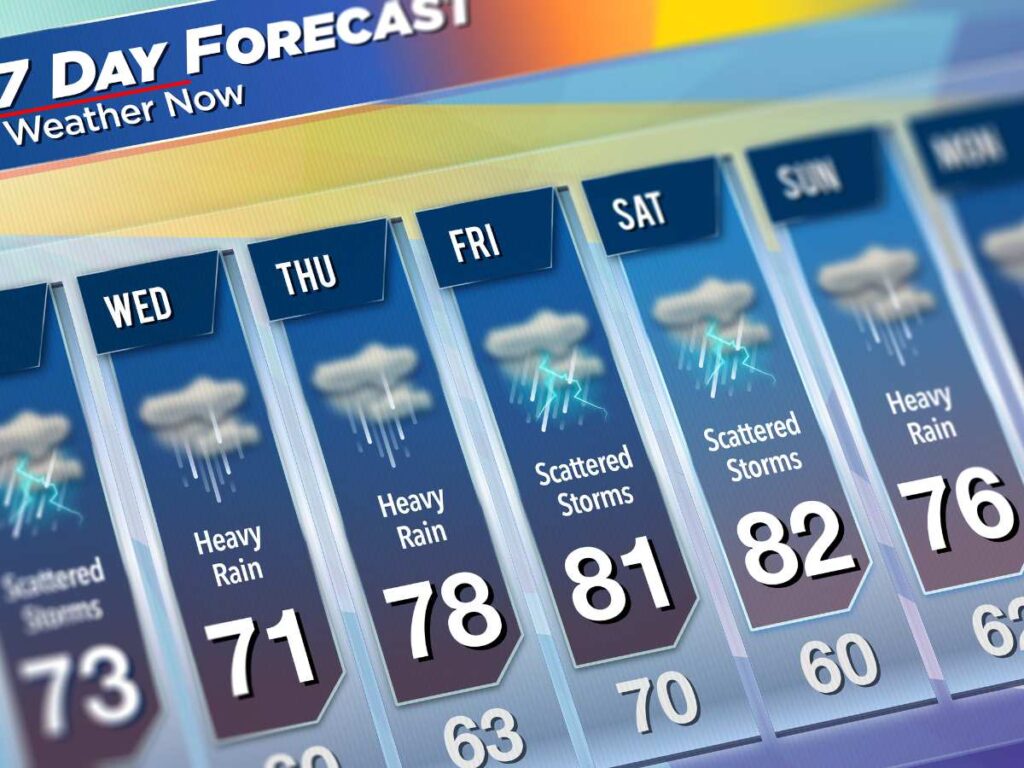
5. Failing to Plan for Weather Conditions
Failing to plan for the weather can turn a leisurely day on the water into a high-stress situation. Weather impacts visibility, navigation, and even the comfort of your passengers. Yet, it’s one factor many boaters brush aside during pre-trip preparations. To reduce risks, understanding the forecast and knowing how to handle changing weather are non-negotiable.
Skipping the Marine Weather Forecast
Sudden weather changes can escalate from inconvenient to life-threatening in minutes. High winds, large waves, or unexpected squalls are just some hazards waiting for unprepared boaters. Relying on yesterday’s forecast is like reading an old roadmap—it’s likely outdated.
Checking the marine weather forecast should be among the first tasks on your to-do list. Here’s how you can stay prepared:
- Use multiple sources: Radio broadcasts, apps, and websites each offer different data points. Cross-check them to get the whole picture.
- Look for updates: Monitor the forecast the night before your trip and check just before heading out. Sudden weather shifts may not show up until hours before departure.
- Understand marine-specific terms: Typical forecasts provide general weather, but marine forecasts account for factors like wind strength, wave height, and tides. Learn more about interpreting marine weather reports.
Ignoring this step could leave you stranded or battling hazardous conditions. Staying informed keeps you, your boat, and your passengers safe.

Improper Boat Trim in Windy Conditions
Navigating windy conditions becomes significantly easier when your boat’s trim is correctly set. Think of trimming as adjusting the balance of your boat to slice through or ride over waves more efficiently. Without proper trim, you’re burning more fuel, struggling with stability, and risking damage.
Here are techniques to master trimming during different weather scenarios:
- In strong winds: Trim the bow slightly by adjusting the trim tabs or tilting the engine in. This lets the sharper bow cut through the waves, reducing wind resistance and enhancing control. Discover tips for dealing with windy conditions.
- In calm waters: Raise the bow higher to improve fuel efficiency and achieve better speed. This reduces drag and lets your boat glide more effectively.
- Monitor passenger balance: Uneven weight distribution impacts trim. Position people evenly across the deck to stabilize the boat.
Trimming isn’t just a way to save fuel—it’s essential for safety and smooth handling in varying conditions. Mastering this skill enhances your boating experience while safeguarding your vessel.
Ready to Get Started?
Avoiding pre-season boating mistakes is simple, with proper preparation and attention to detail.
By prioritizing maintenance, double-checking essentials before departure, and respecting your boat’s limits, you can prevent costly disruptions and ensure a stress-free boating experience.
Each step—verifying the drain plug, managing fuel responsibly, inspecting safety equipment, and checking battery health—is crucial in keeping you and your passengers safe.


Need Training or a Refresher Course?
Get expert guidance before hitting the water! Visit us online at In-Command Seamanship Training to explore boating safety courses, hands-on training, and seamanship programs designed to help you confidently navigate the season.



